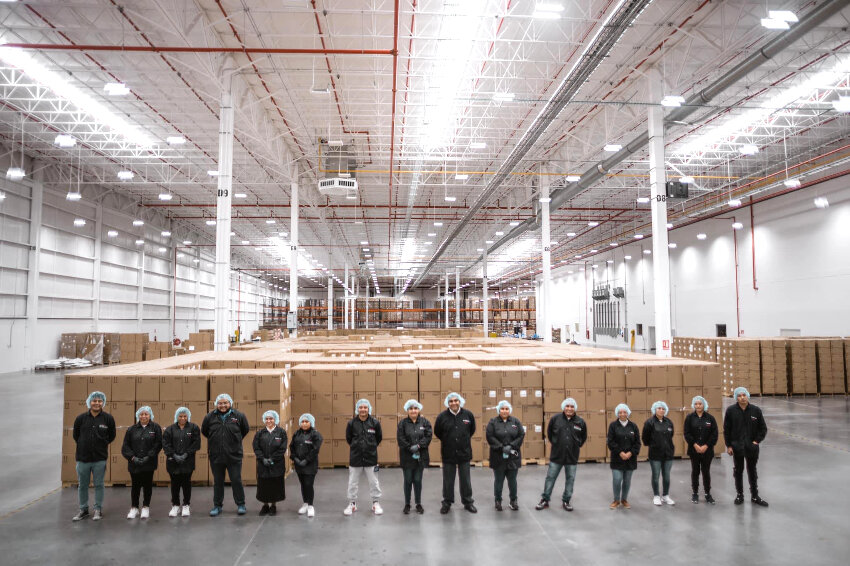There was some good news for the growing medical device sector this week with the announcement that Mexico has become an affiliate member of the International Medical Device Regulators Forum (IMDRF).
The ministries of Health, Economy and Foreign Affairs announced that Mexico had joined the forum in a joint statement on Monday.

“Mexico’s participation in the forum will lead to greater regulatory convergence, facilitate international trade in medical devices and reduce technical barriers to their distribution,” the ministries said.
According to the IMDRF website, the forum is “a voluntary group of medical device regulators from around the world who have come together to build on the strong foundational work of the Global Harmonization Task Force on Medical Devices and aims to accelerate international medical device regulatory harmonization and convergence.”
The Mexican government said that it submitted a membership application “that was received positively by the IMDRF Management Committee, which is composed of the national regulatory agencies of Australia, Brazil, Canada, China, European Union, Japan, Singapore, South Korea, the United Kingdom and United States.”
“… The IMDRF is the leading forum for medical device regulation in the world. Its standards are benchmarks for international trade agreements, such as the U.S.-Mexico-Canada Agreement (USMCA) and the Pacific Alliance, which have become a parameter for reducing technical barriers to trade,” the joint statement added.
Mexico’s medial device sector
X-ray machines, syringes, catheters and medical lighting products are among a wide range of medical devices made in Mexico.
Production in the sector was worth US $18.14 billion in 2023, according to an estimate from the National Association of Health Providers (ANAPS), a 6.7% increase compared to 2022.
“In the next five years, Mexico could go from being the seventh largest producer of medical devices to fifth,” ANAPS president Carlos Salazar Gaytan said late last year.

The relocation of international medical device manufacturers to Mexico is expected to drive growth in the sector.
“We’re predicting that in the next five years we’ll be able to attract investment of at least US $500 million per year,” Salazar told the El Economista newspaper last month.
He highlighted that Danish company Ambu is among the foreign medical device manufacturers that have already established a presence in Mexico. Ambu, which makes devices such as gastroscopes and breathing bags, spent US $20 million to build a plant in Ciudad Juárez, Chihuahua, in 2022.
Among the companies that have recently announced plans to invest in Mexico is Abbott Laboratories, an Illinois-based firm that is building a $200 million plant in Querétaro where it will make electrophysiology products.
Salazar said that more companies are moving to Mexico as part of the nearshoring trend, and asserted that there is “every possibility” that Mexico will become a “medical devices hub” that mainly supplies products to the United States market.
Exports increased 8.6% last year to $13.7 billion, he said, highlighting that the U.S. was the top purchaser of Mexican-made medical devices.
Exports have been growing consistently for two decades, with average annual increases of 8.6% between 2003 and 2020, according to the national statistics agency INEGI.
With reports from Expansión, El Economista and Forbes México
